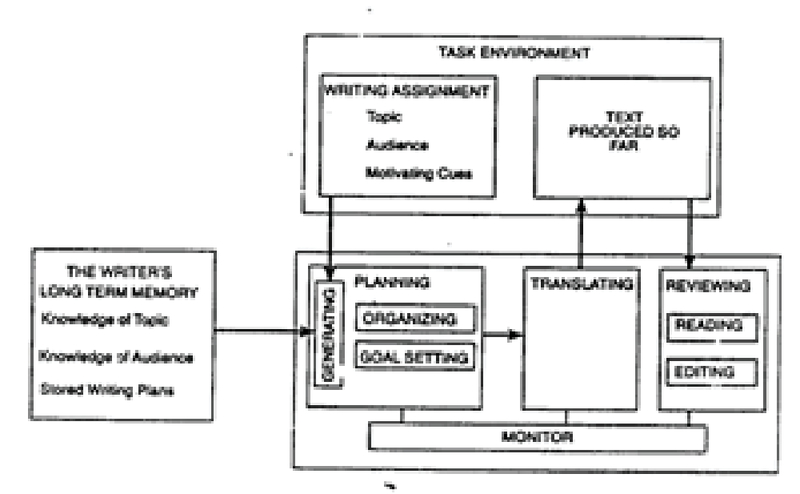Prewriting and Drafting Strategies of Graduate Students In Writing Term Papers in English
DOI:
https://doi.org/10.18502/kss.v1i3.754Abstract
Researches on writing have found that some writers are successful while others are not. Studies that focus on the texts students produced were unable to reveal the reasons for the phenomenon. Researches on the process of writing attempt to uncover the mental processes that students experience while writing texts. Findings by researchers on mental processes predict that more successful writers employ a battery of effective strategies while writing and they employ a more recursive steps in producing the texts. The present study is an attempt to uncover the mental processes of two graduate students when they were writing papers as a form of academic assignment. The research employed descriptive qualitative design. The data were collected using think-aloud protocol in which the subjects think aloud what came to their mind during the production of the papers and it was tape-recorded. The recorded think-aloud was then transcribed and analysed by categorizing the utterances into cognitive and metacognitive strategies, and by depicting the utterances into a chart that depicted the subjects’ flow of thought during prewriting and drafting stages. The data were collected from 22 and 24 sittings of writing the papers. The result of data analyses shows that: (1) the subjects employ both cognitive and metacognitive strategies when writing, (2) the subjects create mental outline in the prewriting stage and keep on revising it during the drafting stage, and (3) recursiveness is not a mark of successful writers.
Keywords: drafting, papers, prewriting, strategy
References
M. Barton, 2004, Donald Murray, Retrieved from http://www.mattbarton.net/tikiwiki/tiki-index.Php?page=Donald+Murray.
A. Cumming, “Writing Expertise and Second Language Proficiency,” Language Learning, vol. 39, no. 1, pp. 81–135, 1989.
M. Dreher, Qualitative research methods from the reviewers perspective, SAGE Publications, Inc, Thousand Oaks, California, 1994.
A. K. Ericksson and A Simon, (1996). Protocol analysis. Cambridge, Massachussetts: The MIT Press.
D. Galbraith and M. Torrance, (1999). Revision in the context of different drafting strategies. Retrieved from http://www.staffs.ac.uk/personal/sciences/smt15/mt15publication/ GT01_revision.pdf.
W. Grabe and B. R. Kaplan, Theory and practice of writing: An applied linguistics perspective, Longman, New York, 1996.
D. Hacker and B. Renshaw, A practical guide for writers, Winthrop Publishers, Inc, Cambridge, Massachusetts, 1979.
Hillock. Jr and G., “Research on written composition,” NCRE ERIC, 1986.
R. T. Kellog, “Writing Performance,” Written Communication, vol. 4, no. 3, p. 269, 1987, http://wcx.sagepub.com/cgi/content/abstract/.
S. Krashen and S. Y. Lee, (2005). Competence in foreign language writing: Progress and lacunae. Retrieved from http://www.sdkrashen.com/articles/progressinL2/index html.
M. B. Miles and M. A. Huberman, Qualitative data analysis, Beverly Hills: Sage Publication, 1984.
J. D. Parera, Menulis tertib dan sistematik, Penerbit Erlangga, Jakarta, 1993.
A. Raimes, “What Unskilled ESL Students Do as They Write: A Classroom Study of Composing,” TESOL Quarterly, vol. 19, no. 2, pp. 229–258, 1985.
M. Sasaki, “Building An Empirically-Based Model of Efl Learners’ Writing Processes,” in New Directions for Research in L2 Writing, vol. 11 of Studies in Writing, pp. 49–80, Springer Netherlands, Dordrecht, 2002.
A. Wahab and A. L. Lestari, Menulis karya ilmiah, Airlangga University Press, Surabaya, 1999.
B. Wallace-Robinett, Teaching English to speakers of other languages, University of Minnesota Press, Minneapolis, MN, 1978.

